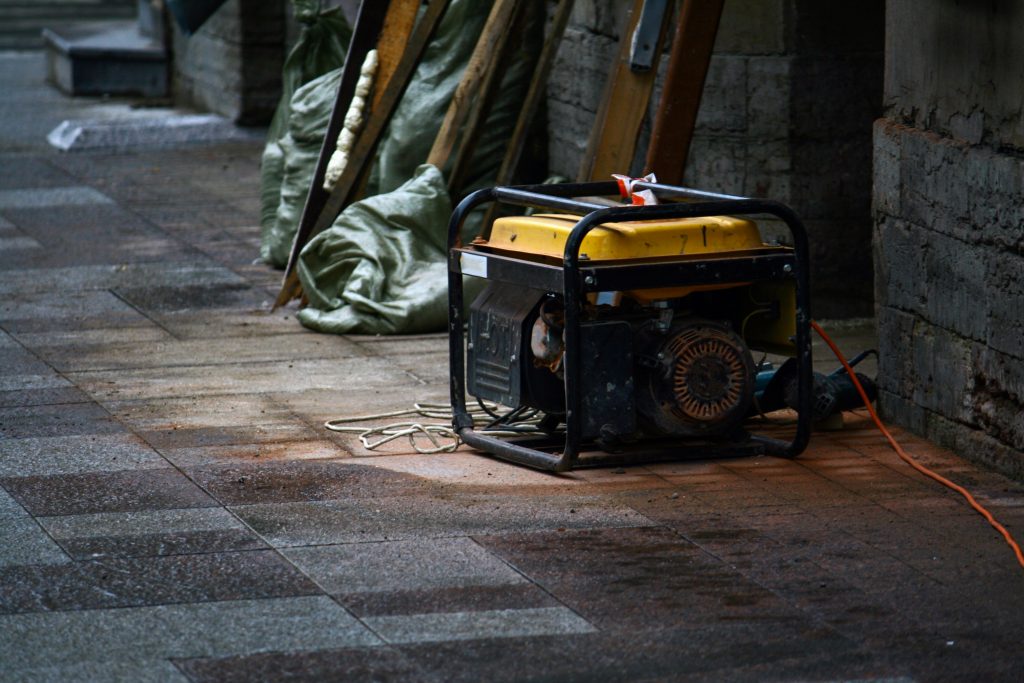Portable generators are amazing tools to bring the convenience of the modern world wherever you go. Whether you are embarking on a trip, a blackout occurs, or need it in case of an emergency, it is imperative to know how to safely use a generator. Continue reading to find out how to properly run a generator—and what mistakes to avoid!
Safety FirstInformation to keep in mind & What to avoid
- icon
Buy the Right Generator
Think about what you will be using the generator for, is it for a weekend getaway, or is it to power your home? You need a generator that will supply an adequate amount of energy. Plugging in devices that use more power than the generator can offer may damage your device or generator. Ask an electrician at the store you purchase your device from or check the manufacturer’s label to see the wattage. Small homes typically require around 3,000 – 4,000 watts to power up essential appliances and features, while larger homes may need a powerful generator capable of producing 6,000 watts or more. Check out Honda’s website for a useful guide that will show you how many watts are required to properly run common household appliances.
- icon
Store Fuel Properly
Use approved fuel canisters only. Store in a cool, dry place away from flammable items.
- icon
Never Use a Generator Indoors
Portable generators that are running produce noxious fumes that can easily fill a room with carbon monoxide. Carbon Monoxide poisoning is a real threat that can cause serious injury or death. Keep your generator 20 feet or more from your home, with nearby windows and doors shut.
- icon
Never Plug in a Generator into a wall outlet
Don’t plug your generator into a wall outlet of a place you are trying to generate power for. This is called ‘back feeding’ and it is dangerous. It is often illegal, and it should never be attempted under any circumstance.
- icon
Avoid Using a Generator in the Rain
Electricity and water are a deadly combination, so it doesn’t make much sense to power an engine that produces electricity in a damp or wet environment. Your generator should be placed and operated in an area that is level, dry, and make sure the air vents are clear to allow for proper cooling. If you must run a generator in the rain, put a tarp above the machine to prevent water from getting near it.
Step #1Read the Instructions
If you just bought a new generator or haven’t used one in a long time, then we advise you to read the instructions/safety manual. Your device manual will give you the most accurate instructions on how to properly operate your specific generator. Once your done, store your instructions near your generator for future use.
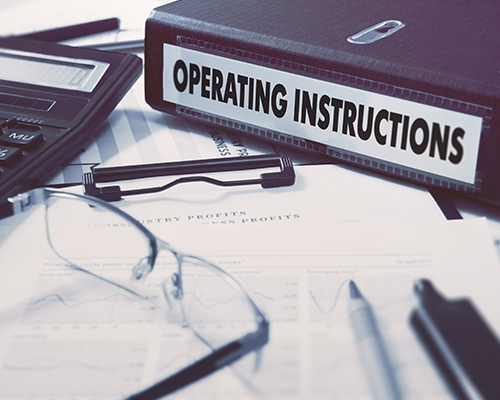
Step #2Place Generator in a Safe Place
Carbon Monoxide poisoning is the most dangerous aspect of using a generator (if you are using a combustion engine generator, not a problem for solar-powered machines). When a generator is running, it is burning gasoline or diesel. The exhaust produced contains carbon monoxide, which when inhaled can cause people to become lightheaded, faint, or worse — death. Always use generators outside. Make sure to place generators at least 20 feet away from your home, with windows, doors, and other entrances closed on the side in which your generator is operating to prevent noxious fumes from entering your residence.
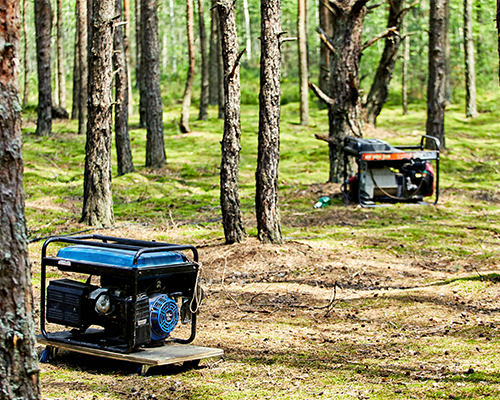
Step #3Check Fuel, Oil Levels, & Air Filters
If it has been a while since you have used your generator this step is a must. Most generators have a fuel gauge, make sure to check that your tank has around a quarter of gas or more. Next check the oil level. Generators need their parts to be lubed, the oil helps everything run smoothly. Add manufacturer-approved oil types only if oil levels are low. Lastly, if your air filter(s) are dirty and filled with dust, then it is time to replace them. Your generator needs clean air for maximum efficiency and safety.

Step #4Flip Circuit Break OFF & Turn On Fuel Valve
A circuit breaker controls your generator’s ability to put out power. Make sure the circuit breaker is off. Then, turn on the fuel valve. This determines when fuel can flow to the generator. Only turn on the fuel valve when you are ready to start the generator.
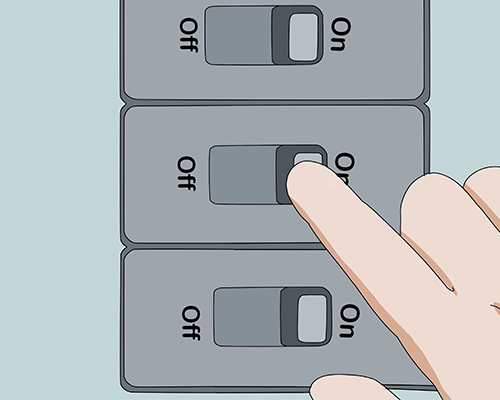
Step #5Start Generator & Connect Devices
Now the fun begins! Power up your generator. Make sure to let your machine warm-up for a few minutes, then switch your circuit breaker to the on position. Most generators have multiple plug-ins to directly power up your desired devices. Use a heavy-duty, outdoor extension cord if necessary.
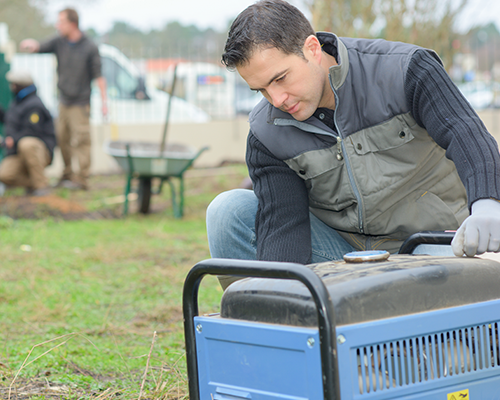
Step #6Turn Off Generator for Refueling
When you are done using your generator or are in need of refueling, make sure to turn the machine off. First, turn the circuit breaker to the off position. Next, turn off your generator. Finally, set the fuel valve to the off position.

Make Your Electrical System Safer TodayCONNECTING YOU WITH LOCAL SERVICE PROFESSIONALS YOU CAN TRUST!
PoweredByPros is a leading digital home services marketplace. We match homeowners from across the nation with screened remodel and repair professionals they can trust to successfully complete any type of home improvement or renovation project. For over a decade, homeowners have trusted us with providing them professional and quality services for their property. In order for us to connect you with a home expert in your area, our highly skilled customer service team will contact you to gather all your project information and pay special attention to your design and amenity requests. We make planning, budgeting, and hiring a local contractor easy and free! Save time and money, get started today!
